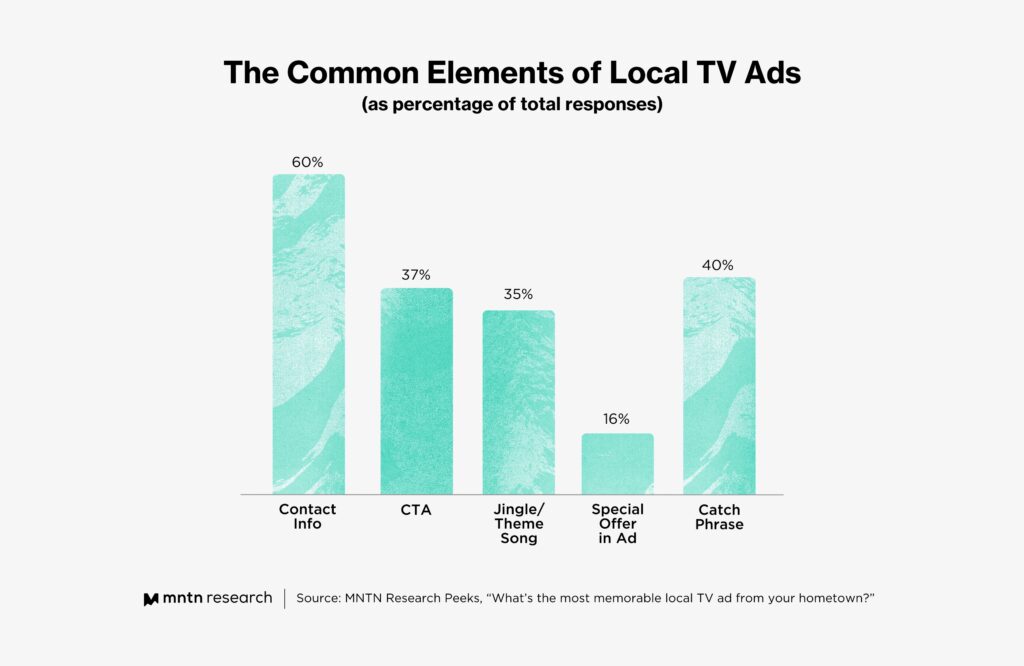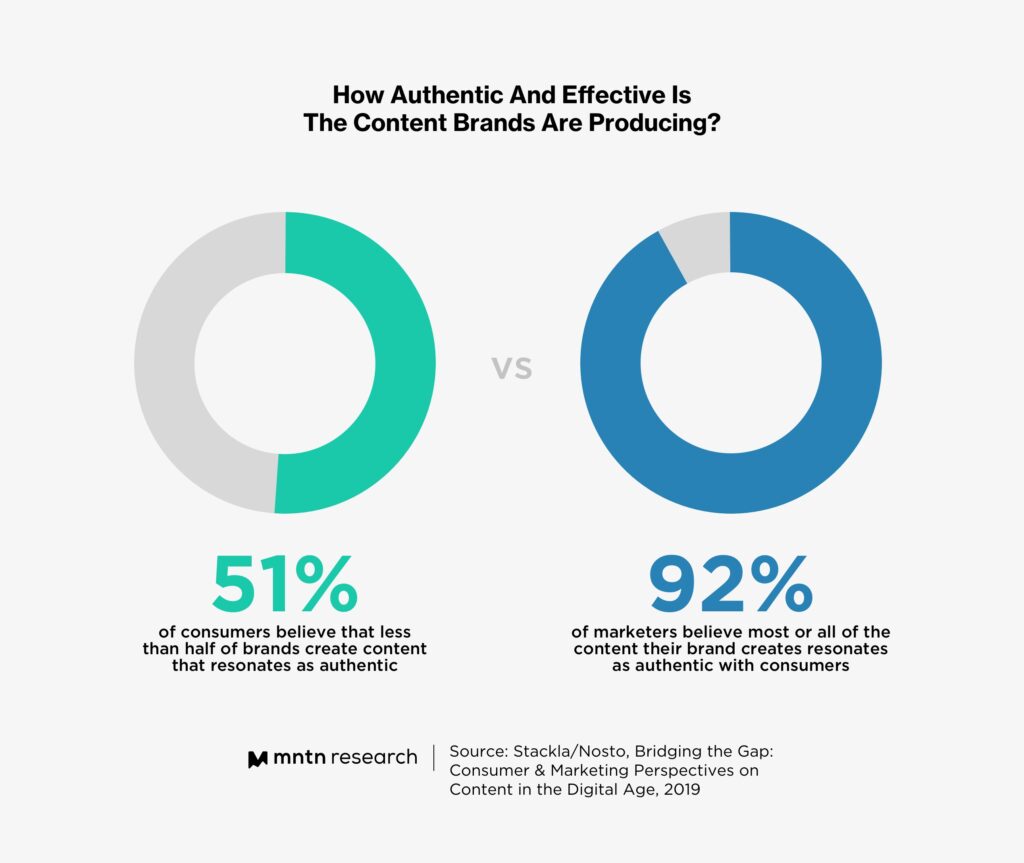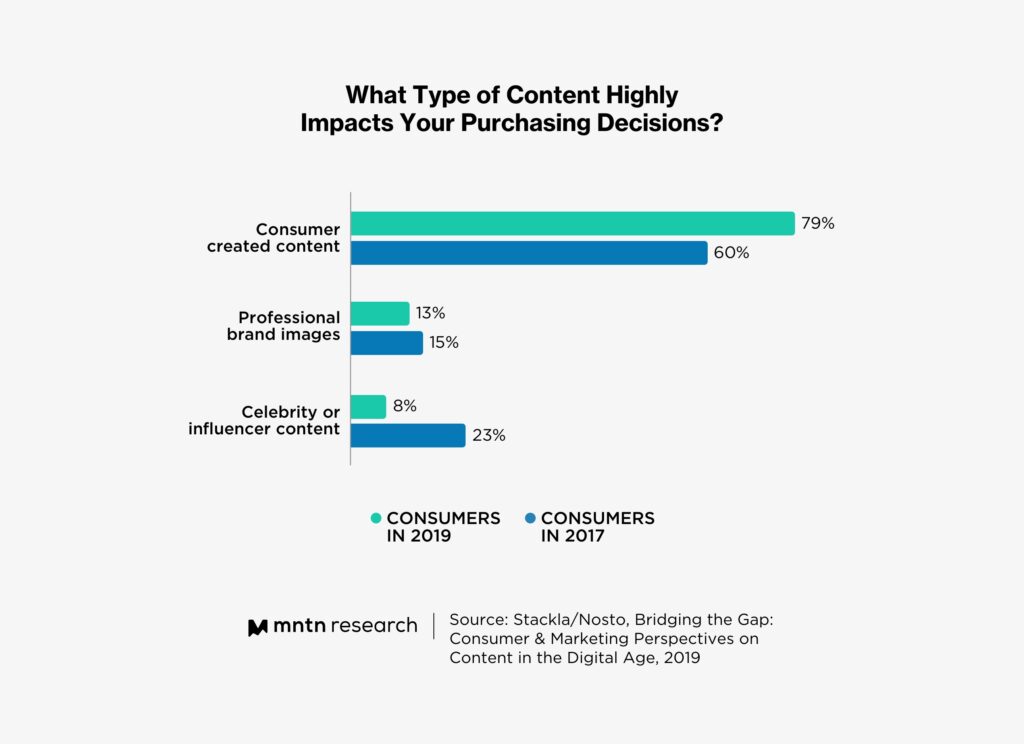Analysis
Peeks Remix: Why National Brands Should Look to Local Advertisers for Creative Inspiration
by Jacob Trussell8 min read
Abstract
- In a recent Peeks Poll, we surveyed marketers on their favorite and most memorable local television commercials.
- According to our results, humorous and authentic ads in the automotive, home, and entertainment industries were some of the most popular categories for local television commercials.
- National brands can learn a thing or two from how local TV advertisers message to hyper-specific audiences.
Everywhere is Local
At the end of our recent Peeks Report, Crazier, the Better: The Art (and Science) of Local TV Ads, our Director of Content and Research, Tim Edmundson, made an interesting point.
“Local businesses need their ads to generate outcomes that impact the bottom line. They are performance marketers; by reaching a nearby audience, they engage the folks who are most likely to walk into their stores and make a purchase, or hire their services. The rise of ecommerce effectively makes every business a local one—instead of walking through your door, shoppers visit your website.”
This idea that national brands should take a page from the local advertiser’s playbook immediately made a recent commercial come to mind: Blockbuster’s re-emergence into the advertising arena.
In case you aren’t in the trenches with the history of legacy physical media, Blockbuster, the titan of video rental which once had over 9,000 stores open across the globe, now has a grand total of one: a single franchise location that still operates in Bend, Oregon.
The interest in the store, to put it mildly, has been massive, leading to a feature length documentary, a television show on Netflix, and, as of today, a new ad that was released in conjunction with Big Game LVII.
Here’s the thing though. It wasn’t one of the million dollar ads that ran during Football’s Favorite Sunday. Hell, it barely had a national presence at all. What Blockbuster chose to do was release the ad as a VHS tape that played exclusively in-store at their last surviving location.
This isn’t just local – it’s hyper-local and touches upon exactly what Tim mentioned in the Peeks Report: National brands should be constantly looking for ways to think local, and act local, when brainstorming creative strategies for their CTV ads.
What the Report Found
Before we dive into how national brands can harness the creative expertise of the local crowd, let’s review one of the main findings uncovered in our recent Peeks Report.
Local advertising has always been, will always be, the unsung hero of ad creative. Sure, national ads get a lot of press attention, but chances are mixed in with those name brand memories are the small local commercials that have been stuck in your head since childhood. As Tim mentioned, “Whether it’s an accident attorney who will fight for you, a discount retailer with prices that are insane, or a car dealer with a catchy jingle—these small and regional businesses can produce ads that carry as much recall as the biggest brands in the world.”
Sometimes local ads are so memorable that they will barely change their creative decades after launch. Two local businesses in Brooklyn, New York, Roll-N-Roaster and Grand Prospect Hall, have famously utilized the exact same TV commercial year-over-year, only swapping out CTAs and on-screen text to keep the ads feeling nominally new. For instance, see if you can catch where Roll-N-Roaster updated their ad so a 39th anniversary commercial could also work for a 40th anniversary commercial.
Spamming the same creative decades later paid off in spades too. Both of these businesses developed a rabid cult following around their commercials – exactly what every big brand wants for their own national ads.
These ads are also proof points for one of the main questions we asked in the Peeks survey: What were the common elements of local TV ads.

As you can see, the common elements cited in the Peeks report are reflected across both ads from Roll-N-Roaster and Grand Prospect Hall. If a national brand wants to surface the same hallmark vibes we feel watching a local spot, this can be used as a checklist to start concepting your ad creative.
Think Local, Act Even More Local
If national brands want to steal some shine from the local crowd, they’ve got to think like a local when crafting creative–both verbal, and visual–that targets specific audiences.
One thing local advertisers have over major brands is that their market is smaller – for better or worse. What this does is organically gives local advertisers clear parameters on who their audience is, and what they are interested in watching. That allows them to funnel their efforts into creating content that is authentically relatable – without worrying about the interests of audiences outside their regional area.
Another leg up local brands have on their national counterparts is that they are embedded in the culture of their target market. That’s because they are the target market. They live and work with the audiences they want to reach, which gives them a level of understanding national advertisers can only dream of. What this organically does is break down the barriers between brands and consumers. Through authentic and relatable language tailored to the hometown audience, the consumer can come to see a local brand a little bit like family.
National advertisers should aim for this level of authenticity by focusing on language that feels born from the audience you want to engage. In other words, you must think of yourself as being parts of the communities you aim to attract. And the way to accomplish that is by crafting ad copy with an authentic voice.
According to a study from Nosto (formerly known as Stackla), 86% of consumers said authenticity is important when deciding what brands they like and support. That’s why marketers overwhelmingly believe that they write content that is authentic.

However, crafting language that’s actually authentic is easier said than done. When compared to marketing professionals, most consumers do not believe national brands are creating content that can be described as authentic.
We challenge you to run an “authenticity audit” on your messaging to see where you can more accurately communicate to your audience in language that they can actually relate to.
Weird Spokespeople Will Never Not Work
What’s the one thing that links the ‘Crazy Eddie’ and ‘Crazy Gideon’ ad campaigns together (beyond, you know, the state of these two men’s mental health?)
They both use oddball spokespeople to instigate a strange sense of engagement with their audience. Their sheer unhinged energy brings to mind old school carnival barkers, yelling maniacally at passers-by in hopes of roping one of them into their cabinet of curiosities. Or in this case, buying some ridiculously low price color TVs, or a whole bunch of flying carpets.
Local markets have their own unique personalities, and inventing spokespeople can be the best way to give voice to that personality. Just look at Gritty and the Philly Phanatic, two local Philadelphia sports mascots who have nationwide appeal because, I mean, just look at them. We’re not saying the personality of Philly is truly embodied by these two adorably incomprehensible sports-monsters, but their popularity is a unique use case for how engaging local personalities can be on the national stage.
More so, these types of spokespeople can be vehicles for communicating the authentic language that we previously mentioned. Because it feels like it’s coming from an oddball character, rather than a committee-approved brand voice, you have the opportunity to take an even bigger swing with your messaging.
There’s nothing quite like hearing your audience say, “Oh, I thought I’d only see that level of weirdness on my local channels.”
It Should Feel Made By People, Not Corporations
Obviously every piece of content a brand creates will be made by a human (at least until ChatGPT’s robot uprising comes to fruition.)
But, as we all know, content that’s created by a group of marketers can sometimes lose its personality by the sixth round of copy and design approvals. We can be so focused on brand safety and clearly communicating value props that the ad loses its human touch – the single element that makes all local ads feel relatable.
Just look at the ads featured in the Peeks Report. Not a single one of them feel made by a bespoke ad agency or an in-house team of brand marketers. They feel more like the byproduct of a fever dream your uncle had after losing his mind at an REO Speedwagon reunion concert. National brands can leverage the human touch local ads have by producing videos in the style of User-Generated Content.
UGC-style content inherently feels homegrown because it presents itself as a video created by the audience you want to reach. It can allow you to organically integrate your brand into the communities you are targeting, while also needling into the type of language and visuals these audiences respond to.
This all sounds anecdotal, but it’s not just us saying that UGC-style ads work. Consumers agree, as found in this study from Nosto/Stackla study:

As you can see, consumer created content overwhelmingly outperformed everything that’s more polished – from professional brand images to celebrity/influencer content.
While it’s true that a more polished look is on the rise, authenticity still reigns supreme. According to Nosto/Stackla, 88% of consumers said authenticity in ads were important in the post-pandemic world, with 50% deeming it very important.
Conclusion
At a time when authenticity in advertising is of prime importance to audiences, you won’t regret surfacing opportunities to harness the creative expertise of local brands when creating a national – or global – connected TV campaign.
But we keep coming back to one statistic that we can’t stress enough. According to Nosto/Stackla, “People can distinguish between consumer-created content and brand-created content 70% of the time.”
Despite a marketing team’s best efforts, it will always be difficult to truly come across as authentic to specific target audiences. But that doesn’t mean you shouldn’t strive for the same level of realness that has been the local advertisers’ domain for decades–even if it means making a couple cringey ads as you experiment.
After all, your cringiest ad may just be the one your audience will recall for the rest of their life.
Subscribe to the MNTN Research Weekly
Sign up to receive a weekly feed of curated research, sent straight to your inbox.